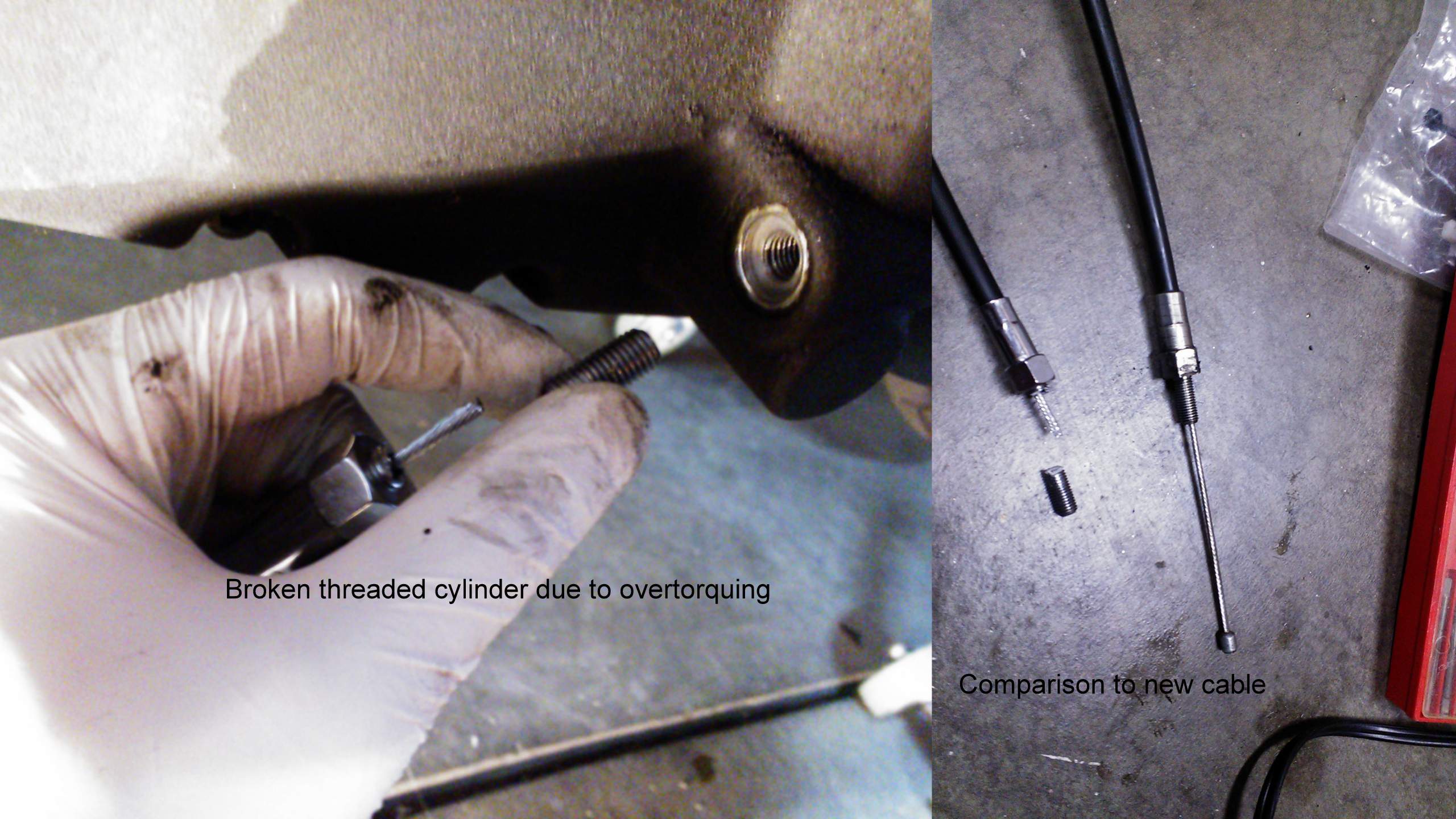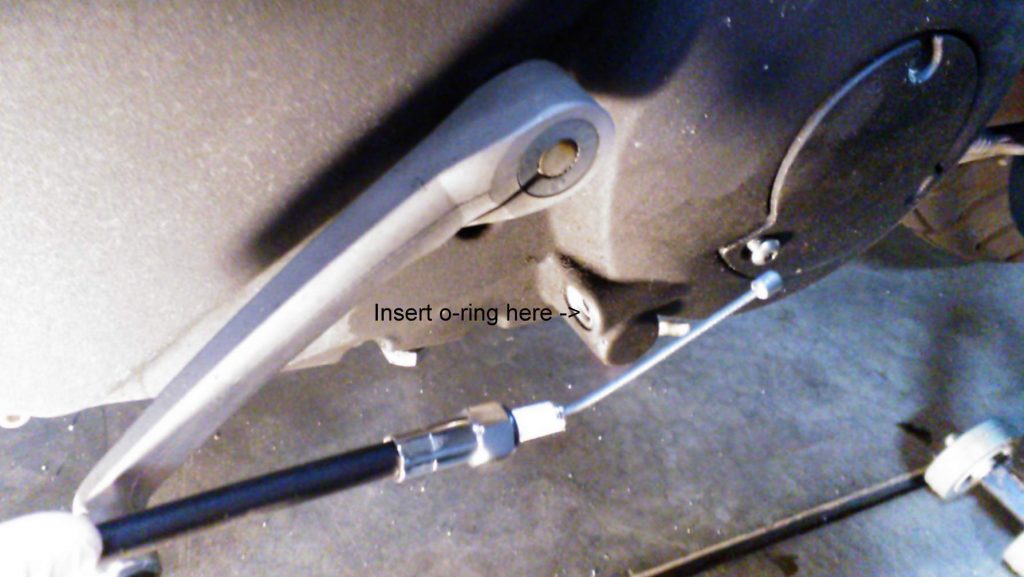Contents
– Clutch cable: definition
– Different types of clutch cables
– Clutch cable: evolution
– Clutch cable: risks of failure
– Cost of clutch cable replacement
The clutch cable is the element that allows you to shift gears in your car: how does it work? This post will explain it to you in detail.
Clutch cable: definition
The clutch cable is an assembly composed of a metal cable inside a sheath: it connects the clutch pedal to the clutch fork.
When you press the clutch pedal, the clutch cable connected to the fork presses or pulls on the release bearing, which in turn exerts a pressing force on the mechanism to disengage the engine movement of the gearbox; you can then engage your gear without risk of cracking the gearbox.
There are 2 types of clutch cables:
Manually adjustable cables

It is essential that the release bearing is not in constant contact with the mechanism to avoid premature wear of it and the clutch disc.
Thus, it is necessary to leave a functional clearance: the manual adjustment with nut and locknut allows the length of the cable to vary. This clearance is approximately 2 to 3 mm at the cable and 1 to 2 cm at the pedal.
This system requires systematic checks of the adjustment during servicing.
Self-adjusting or “constant slack” cables
Manual adjustment is eliminated in favour of automatic adjustment to reduce maintenance. The principle is based on a pawl system associated with spring: when the pedal stroke changes, the pawl locks to the next notch and restores the planned clearance.
The automatic catching system is placed either on the clutch pedal or directly on the cable.
Clutch cable: evolution
The clutch cable is tending to give way to new technologies.
Hydraulic clutch control
This is not strictly speaking a new technology, but it is gradually replacing the cable. Its advantages are its lack of maintenance and its constant smoothness over time, despite a higher price when changing parts.
The robotic control
It is a traditional mechanical gearbox but with robotized controls.
The clutch control is composed of an electrohydraulic or hydraulic actuator that no longer requires manual disengagement; the clutch pedal itself disappears!
Clutch cable: risk of failure
This is the most common failure: if the cable breaks, it prevents shifting gears, which means immobilizing the car.
Note: for the most experienced drivers, the vehicle can be brought back to the nearest garage by their own means (most mechanics are used to this). It is a matter of shifting gears with the double-clutch technique.
Seizing of the cable
In cable seizure, the cable’s effort gradually becomes more and more important: this seizure is often due to sheath breakage and water infiltration.
The solution: grease the cable, provided that it is not lined with Teflon®.
Cost of clutch cable replacement
Most of the time, this operation will cost you $100 on average.
To go further:
– How to Successfully Repair a Gearbox
– 5 Things to Know Before Opting for an Automatic Gearbox
– Car Talk: What is a Robotic Gearbox
– Why Your Gearbox is Hard to Get into Gear
– Everything You Need to Know About Clutch Pedal
– Is Your Vehicle Clutch Slipping?
– Oil Leak Under the Car, What to Do?
– 3 Easy Steps to Change an Oil Filter
Remember to share this post and leave your comments below.



One thought on “Everything You Need to Know About the Clutch Cable”